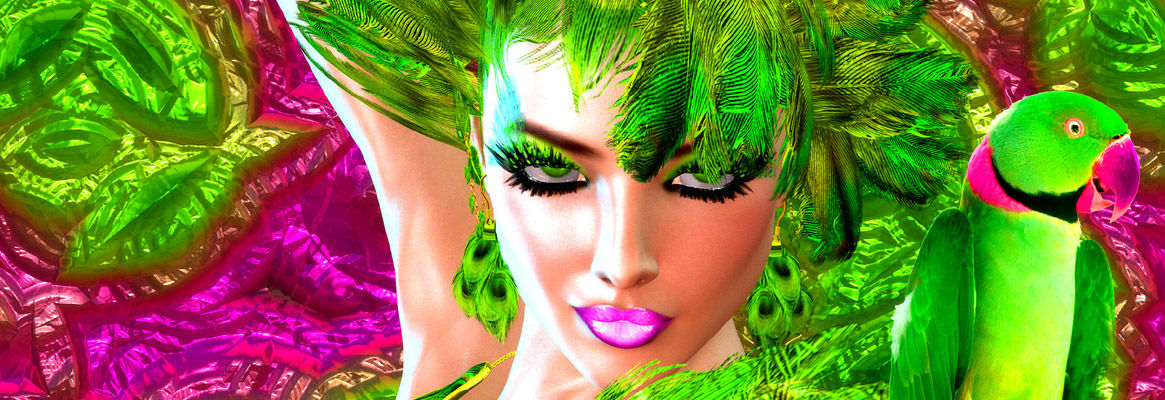Chiunque prenda soldi per manifestare la sua opinione deve dichiararlo. E' legge statunitense. Attuazione difficile. Peggio quando Instagram, YouTube e altre piattaforme incoraggiano l'influencer, dietro compensi prestabiliti, ad accordarsi con l'impresa per promuovere qualcosa presso i suoi follower.
Tale sostegno aggrava la finta spontaneità, cioè l'imbroglio, visto che esistono molti modi di dichiarare preventivamente e lealmente che è sponsorizzazione.
Bisognerebbe irrigidire le norme, contrastando l'interesse dei social media di moltiplicare post e conseguentemente visualizzazioni.
Nell'economia depressa delle scarse possibilità di carriera i giovani vengono attirati dal guadagno, che possono ottenere spingendo tramite social e blog certi beni di consumo, piuttosto che rassegnarsi al tradizionale ingresso nel lavoro a livello base.
Si va dall'abbigliamento alla cosmesi agli orologi.
Il sapere che un superbo e lussuoso oggetto necessiti di un lancio remunerato desta sorpresa. Una cosa, se ottima, dovrebbe presentarsi da sola; ma non tutto è buono, per cui chi ha minore competitività usa inganno e manipolazione .
Così, la migliore sorveglianza spetta proprio al consumatore.
Oltre il 70% dei giovani frequentatori online crede a nulla di ciò che vi legge o vede. I consumatori ormai diffidano dei media e dei brand. Mentire è regola; pertanto pure quelli che professano l'etica sono ritenuti in colpa. La gente finisce per ridurre al minimo la stima per i brand di cui si parla. (Forbes, Feb 1,2019).
L'influenza dei personaggi celebri con proprio account ha un grosso effetto sullo stato fisico e mentale delle giovani, quando per esempio suggerisce di perdere peso con constatazioni "troppo belle per essere vere".
I persuasori occulti guadagnano migliaia , persino il milione di dollari nel postare per le Case. Quanto?
Per Instagram il prezzo medio nel settore moda è $217 per coloro che hanno oltre 61,000 seguaci; ma chi supera i 100,000 prende $700-$900 a foto e chi è oltre i 500,000 dai $2,000 ai $3,000 per foto sponsorizzata.
Snapchat parte da $500 per campagna di 24 ore.
YouTube dà $2,000 per 100,000 follower.
Per Twitter 10,000 lettori possono essere insufficienti , a meno che appartengano ad una particolare nicchia. A click ne possono derivare $0.42. Di solito celebrità e personaggi con forte impatto sui social media introitano assai bene, fino ai milioni. Mike Tyson 5 anni fa con 3,777,960 follower ricavava $3,250.
Etimo: imbrogliare. In-brogliare. Più che dal franc.ant. bronillier 'sbrodolare', da brou 'brodo'. Imbroglio parte dal verbo.
Below a digital age styling fashion industry image by fibre2fashion

The more cheated consumers, the more earnings
Anyone accepting money in exchange for their opinion must state as such, according to United States law. Its enforcement in mostly murky. Worse that the platforms as Instagram and YouTube actively encourage influencers to make deals with marketers to push products on their followers.
The apparent endorsement of promotional deals by major social media networks between publishers and marketers (despite the many tools existing to mark them as "sponsored") exacerbates the problems.
It's needed tougher laws, social media networks will always act in their own interest to keep users posting so that other users will continue following.
In a down economy with thin career opportunity for many young people - the allure of getting paid to push products on followers via social media and blogs is a compelling alternative to a traditional entry-level job.
Paid influencers are not limited to apparel and beauty , but today also the most expensive luxury timepieces.
The notion that a proud and prestigious luxury brand would need to pay for goodwill may seem surprising. "A good product will speak for itself" but not all products can be good so marketers who cannot compete have turned to deception and manipulation.
The best police are then the consumers themselves.
Over 70% of younger online audience actually believe nothing they read or view online. Consumers today don't trust media, don't trust brands. Cheating is the norm , so even ethical actors are perceived as guilty. It happens that consumers may end up putting the most trust in brands which are spoken about the least. (Forbes, Feb 1, 2019).
The influential celebrities' social media accounts have a huge effect on the mental and physical health of the young as the products that offer weight loss promises that are "to good to be true".
The influencers earn thousands and even million of dollars for posting ads for brands.
Average price per post for fashion\design on Instagram: $217 with 61,419 followers. But for those with more than 100,000 followers $700-$900 per photo, and those with 500,000 followers $2,000 to $3,000 per sponsored photo posted.
Snapchat starts at $500 per campaign in 24 hours .
YouTube : $2,000 per 100,000 followers.
Twitter:10,000 followers may not be enough if your followers are not targeted to a particular niche that has commercial intent. Could be earned $0.42 per click . Usually only celebrities and a person with strong social media presence should expect to earn well with Twitter. Some celebrities even earn in millions. Mike Tyson had 3,777,960 followers and earned $3,250 five years ago.
Comments
Post a Comment